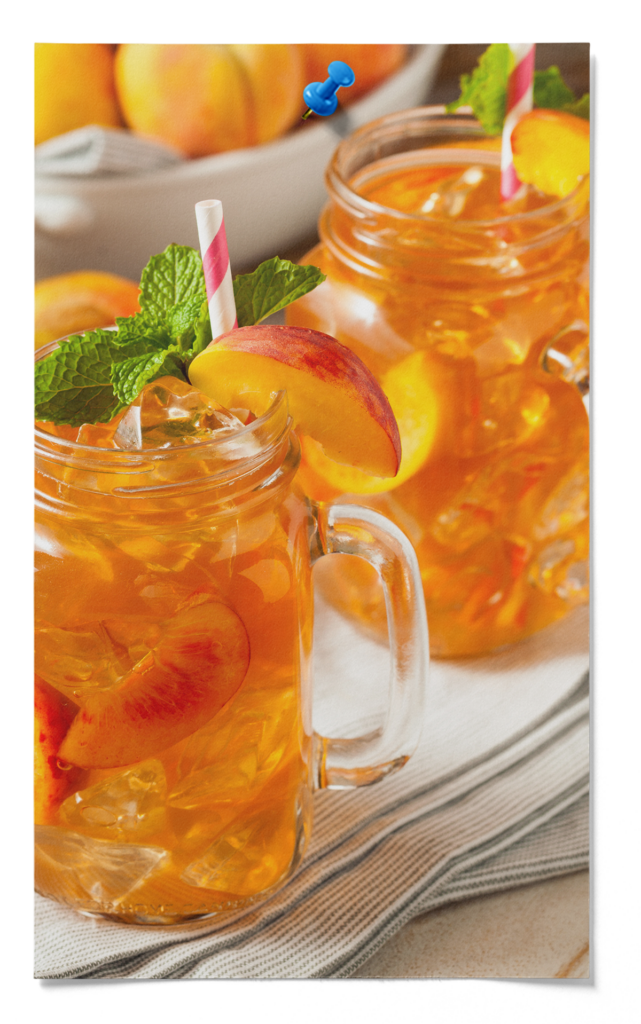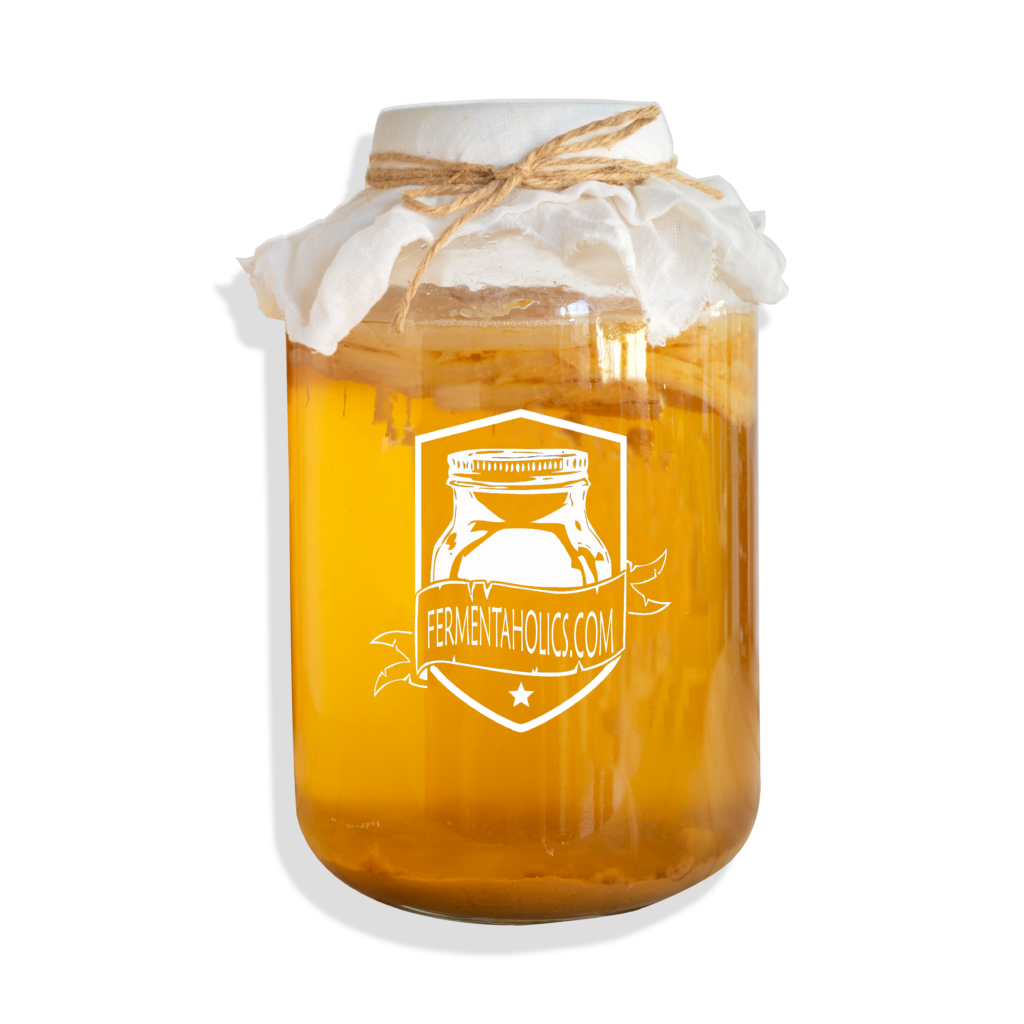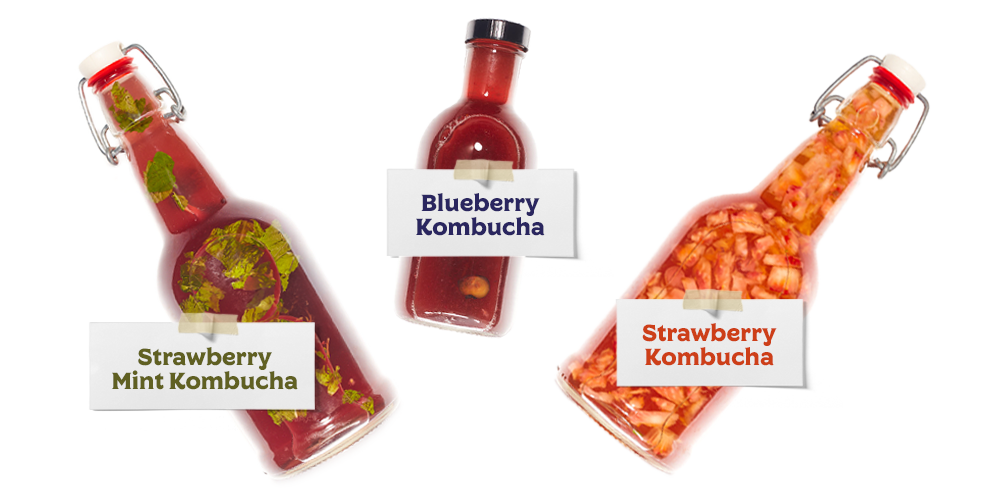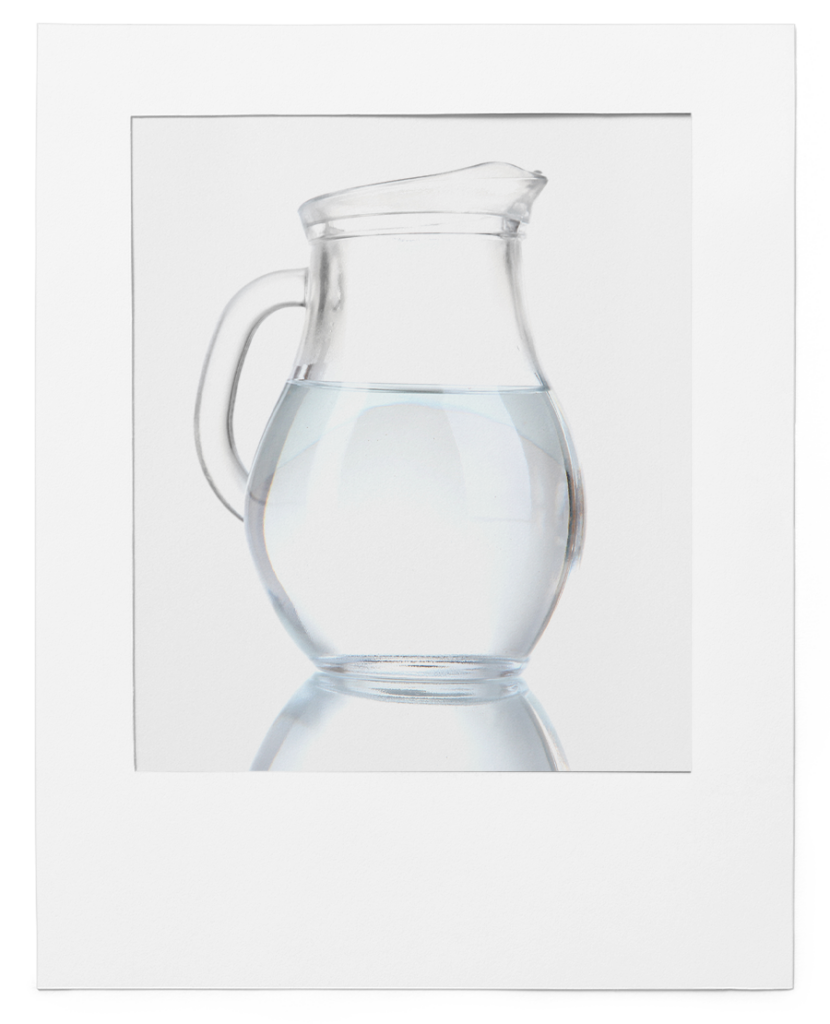Wondering how jun kombucha is made? Well, it’s simple. It’s just like making classic kombucha, but instead of black tea and sugar, you will use honey, green tea, and a jun kombucha SCOBY. To get started, you’ll need a few basic ingredients and supplies. Let’s jump in; we’ll show you how to brew jun kombucha from start to finish!
Have you heard of jun kombucha and want to try making it at home? With just a few ingredients, you can start brewing and have an endless supply of Jun tea flowing from your kitchen. It’s easy! Let’s learn how…

Jun kombucha, often referred to as Jun Tea (or simply Jun) is fermented sweet tea. The tea, as opposed to classic kombucha, is sweetened with honey and is typically brewed with green tea (though it can successfully be fermented with a variety of teas). Jun’s flavor is slightly sweet, pleasantly tart and contains less of a vinegary bite than traditional kombucha. This light and bright flavor profile lead to it getting nicknamed the “champagne of kombucha.”

Brewing jun kombucha is almost always a two-step process. Brewing jun kombucha is only a one-step process for those who prefer an unflavored flat jun kombucha. Otherwise the steps consist of a primary fermentation and secondary fermentation. The primary fermentation is when you make kombucha, and the secondary fermentation is when you take the kombucha and bottle, flavor and carbonate.

#1
The primary fermentation is the first step of the kombucha brewing process. This is where your SCOBY transforms the honey in the sweet tea into the tart and slightly sweet kombucha we love. At the end of this stage, you will have jun kombucha but it will be unflavored and flat.

#2
This is the step where you bottle your kombucha. In addition, this is where you carbonate and/or flavor your kombucha by the addition of sugar and flavors. This step is essentially adding a bit of sugar/flavor to each airtight bottle and letting it ferment a little longer, allowing the yeast to naturally carbonate the beverage in an airtight environment. Have questions on the process? See our guide on kombucha secondary fermentation here.
Making kombucha is easy—if you can make sweet tea, then you can brew kombucha. If you’re eager to get started but not sure where to begin, you should definitely consider our Complete Jun Kombucha Making Kit. This kit includes everything you need to get started in one shot. Otherwise, let’s go over what you need to start making kombucha item by item.
1
Kombucha Brewing Jar : Glass or lead-free porcelain are popular options for home brewing. Choose anything non-porous and non-reactive. See this post to help determine what is the best container for brewing kombucha.
2
Muslin Cloth: During fermentation, kombucha needs plenty of airflow but also requires a cover to keep pests out. When choosing the right cover for your kombucha brew, muslin covers are the best way to go, as they allow maximum airflow while keeping any fruit flies at bay. However, even a coffee filter with a rubber band works here.
3
Kombucha Culture | SCOBY (Symbiotic Culture of Bacteria and Yeast): The SCOBY is the group of living microbes responsible for transforming sweet tea into kombucha. They reside in previously brewed kombucha as well as in the cellulose film that grows on the surface. If you’re looking for a SCOBY, you can purchase an organic SCOBY from us, here!
Honey: Without sugar, there wouldn’t be any fermentation taking place. The yeast eats sugars in the honey, breaking it down into carbon dioxide and alcohol, which then gets broken down by the bacteria into healthy organic acids, enzymes, and vitamins. Since you’re saving so much money making your jun kombucha, I recommend purchasing organic ingredients.
Organic Tea: Tea provides the SCOBY with nutrients that help facilitate the fermentation. It’s traditional to use black tea, which has high tannin and nutrient count, however, you can experiment with all types of different teas. Check out our hand-blended, organic kombucha tea blends specifically formulated for brewing kombucha, here!

6
Filtered Water: As the most abundant ingredient in kombucha, you want to make sure that the water you use is high quality. Tap water contains chlorine and chloramines that inhibit microbe growth (not good for fermentation). Questions on water sources? See our post on brewing kombucha with tap water.
pH Strips: Testing the pH at the start of your kombucha brew is essential. Testing the pH tells us that our kombucha is brewing safely in the proper pH range, with a starting aim at 4.5 or below. Also, we can monitor the brew as it ferments and track its progress as the pH lowers. Finished kombucha, depending on preference, will have a pH anywhere from 2.5 – 3.5.
Temperature Strip: Attach an adhesive temperature strip to the side of your brewing vessel. These temperature strips allow you to monitor the temperature of your kombucha brew, so you know if your batch is being kept at the proper temperature.
1
30
minutes7-21 days
Use this recipe to execute your Jun Kombucha Primary Fermentation to perfection!
12-14 cups Filtered Water
6 bags Green Tea OR 6 tsp of loose-leaf green tea
1 cup Honey
1 Fermentaholics Jun kombucha SCOBY (symbiotic culture of bacteria and yeast) – pellicle with 12 fluid ounces of jun starter tea
1 gallon Kombucha Brewing Jar, Small Pot, Breathable Kombucha Cloth Cover, And A Rubber Band.
1 Funnel
1 Thermometer Or Adhesive Temperature Strip
1-3 pH Strips
1-7 Kombucha Bottles – Pressure Holding, Airtight Bottles For The Secondary Fermentation, And Storing Your Finished Brew.
Bring two cups of water to a boil, then remove the pot from heat.
Steep the tea for 5-10 minutes.
Allow tea to cool slightly (If you add the honey in while it’s too hot, it can scorch the microbes that you want to preserve, too cool and it will be hard to fully dissolve).
Pour sweetened tea into the glass brew jar and fill with filtered water, leaving enough room to add the culture and some head space (about 4u0022).
The addition of the water should bring the tea mixture to about room temperature. Just make sure it’s ≥85°F or cool to the touch before moving on.
Add your Jun Kombucha SCOBY (SCOBY pellicle with 12 fluid ounces of mature jun starter tea).
Cover the jar and leave it to ferment between 75-85°F. Start tasting after day 5 to assess the progress. If it is still too sweet, allow it to continue fermenting, as the full fermentation can take up to 21 days, depending on temperature and desired flavor preference.
